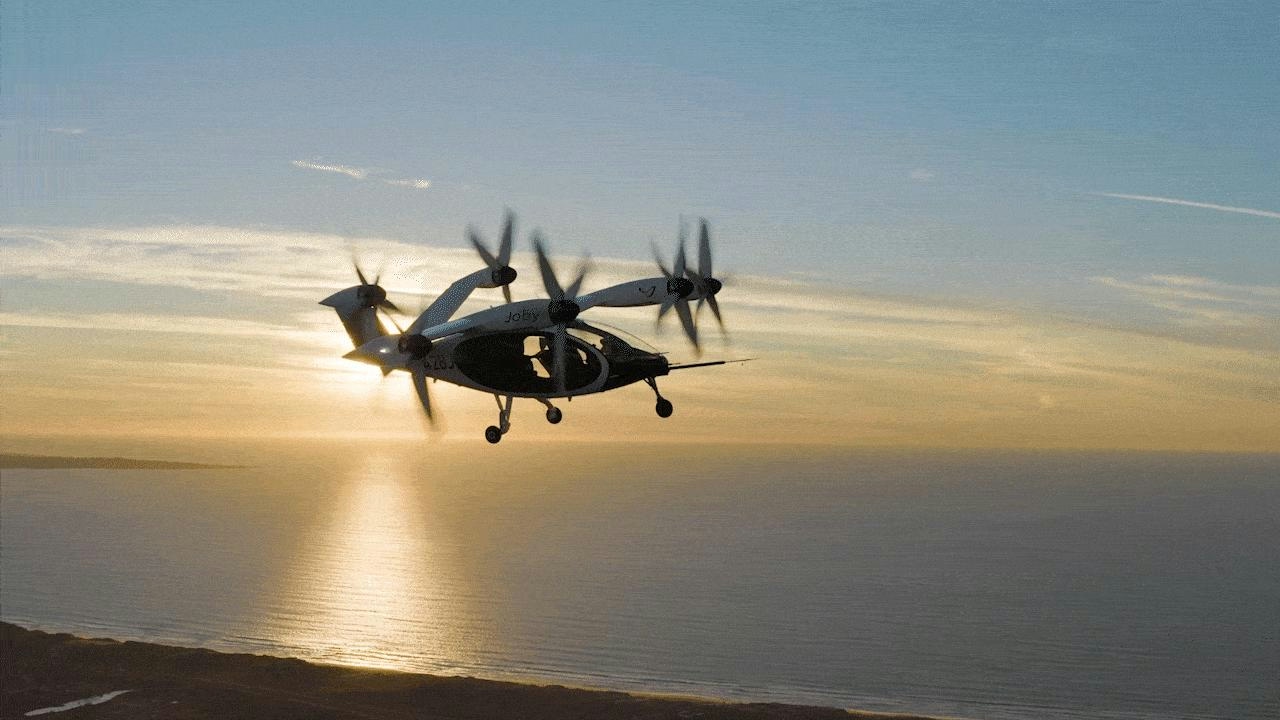
AeroGenie — 您的智能副驾驶。
热门趋势
Categories
Vertical Aerospace Completes First Public Airport-to-Airport eVTOL Flight
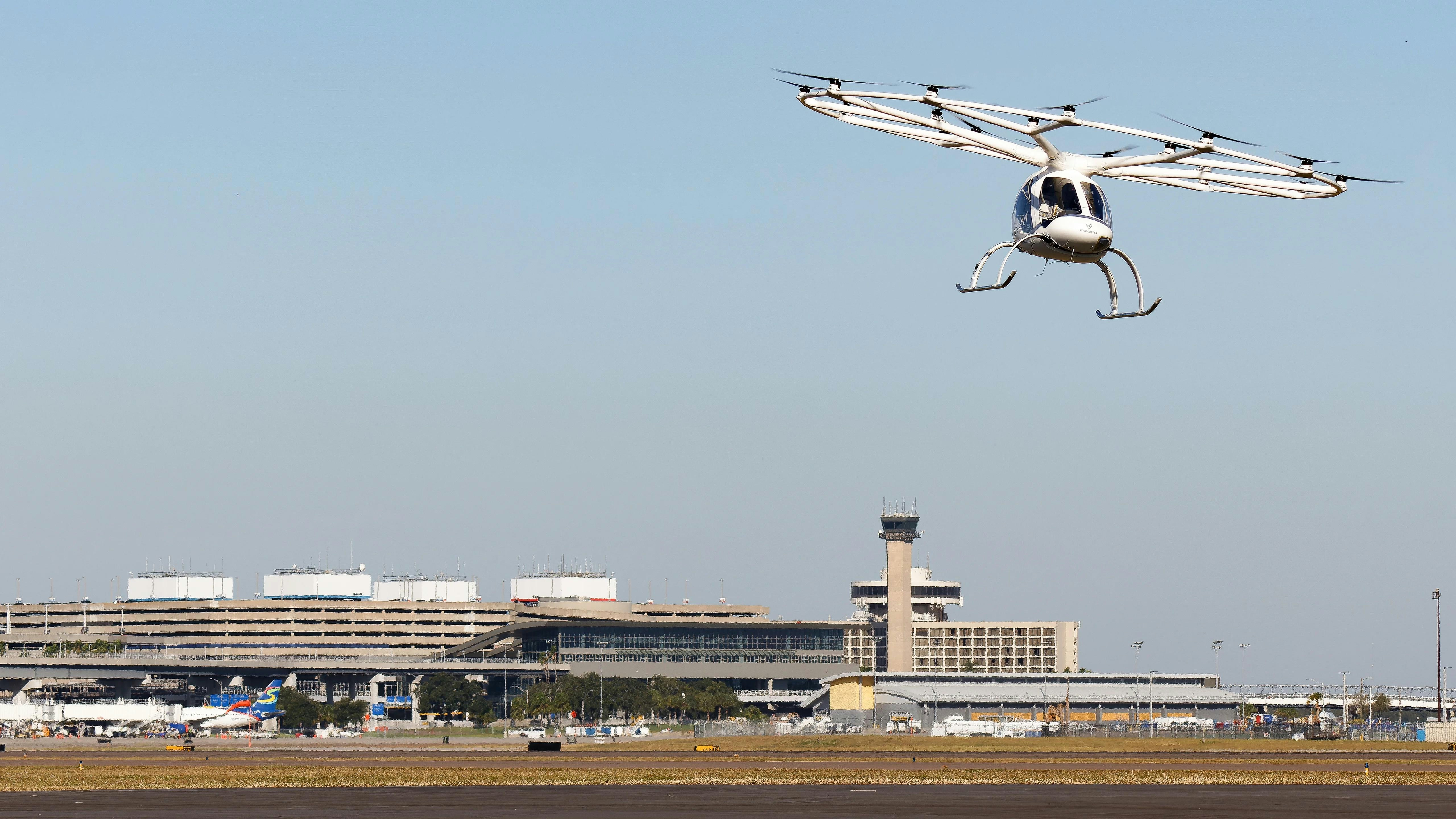
Vertical Aerospace Completes First Public Airport-to-Airport eVTOL Flight
Vertical Aerospace has achieved a historic milestone by completing the world’s first public airport-to-airport flight of an electric vertical takeoff and landing (eVTOL) aircraft. This landmark event occurred during the Royal International Air Tattoo (RIAT) in Gloucestershire, England, the world’s largest military airshow and a prominent platform for showcasing advanced aerospace technologies.
A Pioneering Flight at RIAT
The company’s VX4 prototype undertook a 17-mile journey from Vertical Aerospace’s Flight Test Centre at Cotswold Airport to RAF Fairford, a Royal Air Force base also utilized by the US Air Force. Piloted specifically for this occasion, the VX4 reached speeds of up to 115 mph and climbed to an altitude of 1,800 feet. This flight not only marked the first public airport-to-airport eVTOL journey but also represented the first landing of its kind at a public venue. The demonstration attracted thousands of aviation enthusiasts and industry professionals, underscoring the growing interest in electric aviation.
As the sole battery-electric aircraft at RIAT 2025, the VX4 highlighted Vertical Aerospace’s dedication to advancing sustainable flight. The company emphasized the aircraft’s potential applications beyond urban air mobility, including military, logistics, and special missions, where its quiet operation could provide significant tactical advantages. Stuart Simpson, CEO of Vertical Aerospace, remarked, “RIAT is a global stage for the most advanced, mission-ready aerospace technology, and we’re proud to showcase how electric aviation will support the future of defense. Our hybrid-electric roadmap unlocks new capabilities for military operations, and Vertical’s RIAT presence reinforces our commitment to playing a meaningful role in the future of military and special mission aviation.”
Technical Advancements and Industry Implications
The VX4, which made its debut last year, boasts a 20% improvement in power-to-weight ratio, enabling a top cruising speed of 150 mph and a range of up to 100 miles on a single charge. Designed to carry four passengers plus a pilot, the aircraft is positioned as a strong contender for both urban air mobility and specialized mission roles.
Despite this significant achievement, Vertical Aerospace and the broader eVTOL industry continue to face challenges related to regulatory approval, infrastructure development, and safety standards. These hurdles must be addressed before widespread adoption of eVTOL technology can be realized. Nevertheless, the successful public demonstration at RIAT is expected to stimulate increased investor interest and accelerate development within the sector.
Competitors such as Skyfly, Air, Joby, and Archer Aviation are likely to respond by intensifying their own flight testing and commercialization efforts. The VX4’s military showcase at RIAT also signals heightened competition in defense and special mission markets, as manufacturers seek to establish footholds in both civilian and military aviation domains.
Vertical Aerospace’s pioneering flight not only validates the feasibility of electric air taxis but also reflects the rapidly evolving landscape of regional air mobility. As the industry progresses, the integration of eVTOL aircraft into operational environments is poised to become a focal point for commercial and defense stakeholders alike.
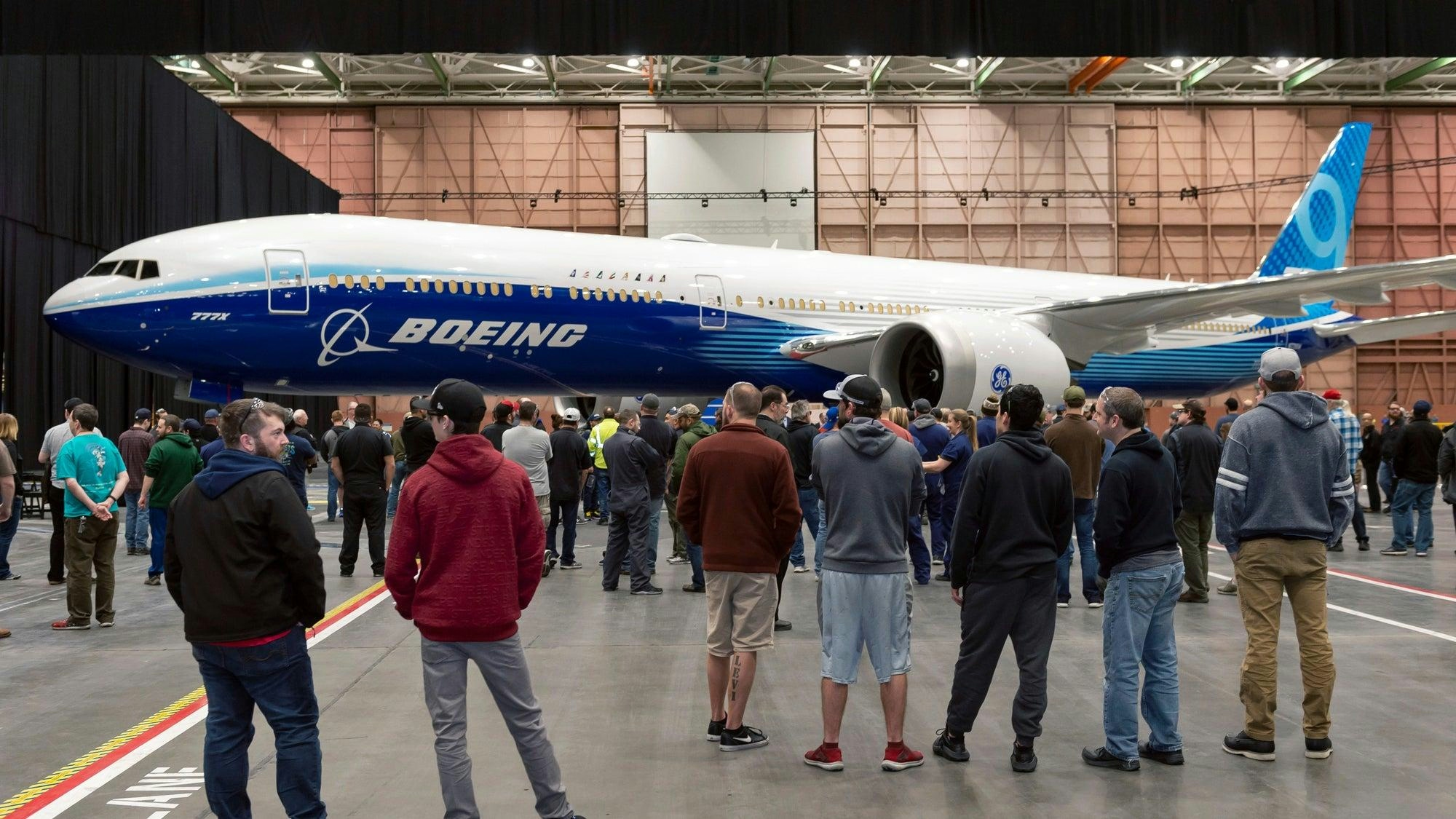
Why the Boeing 777X Is Limited to a Single Engine Type
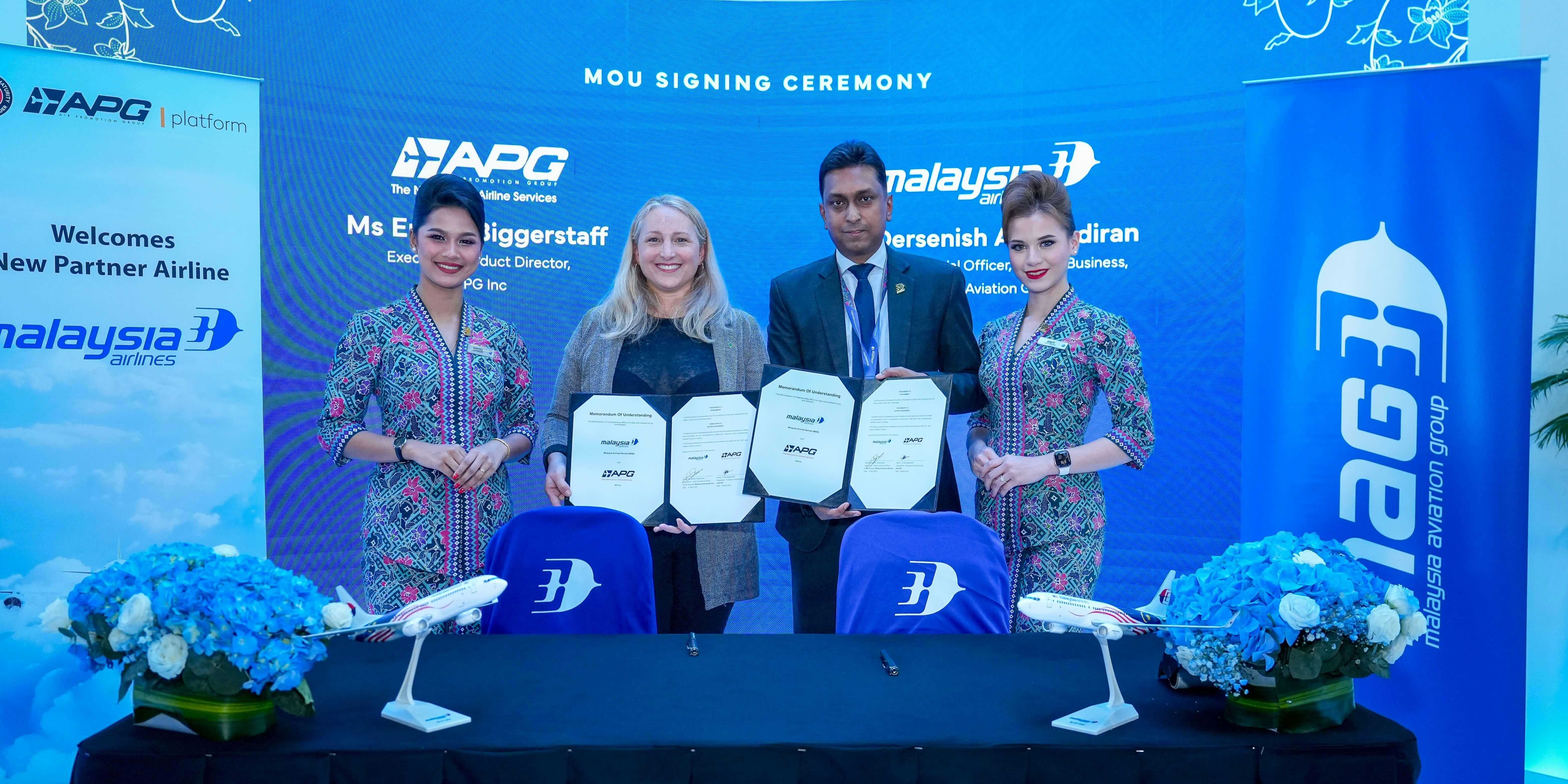
Malaysia Aviation Group Announces Long-Term Business Plan
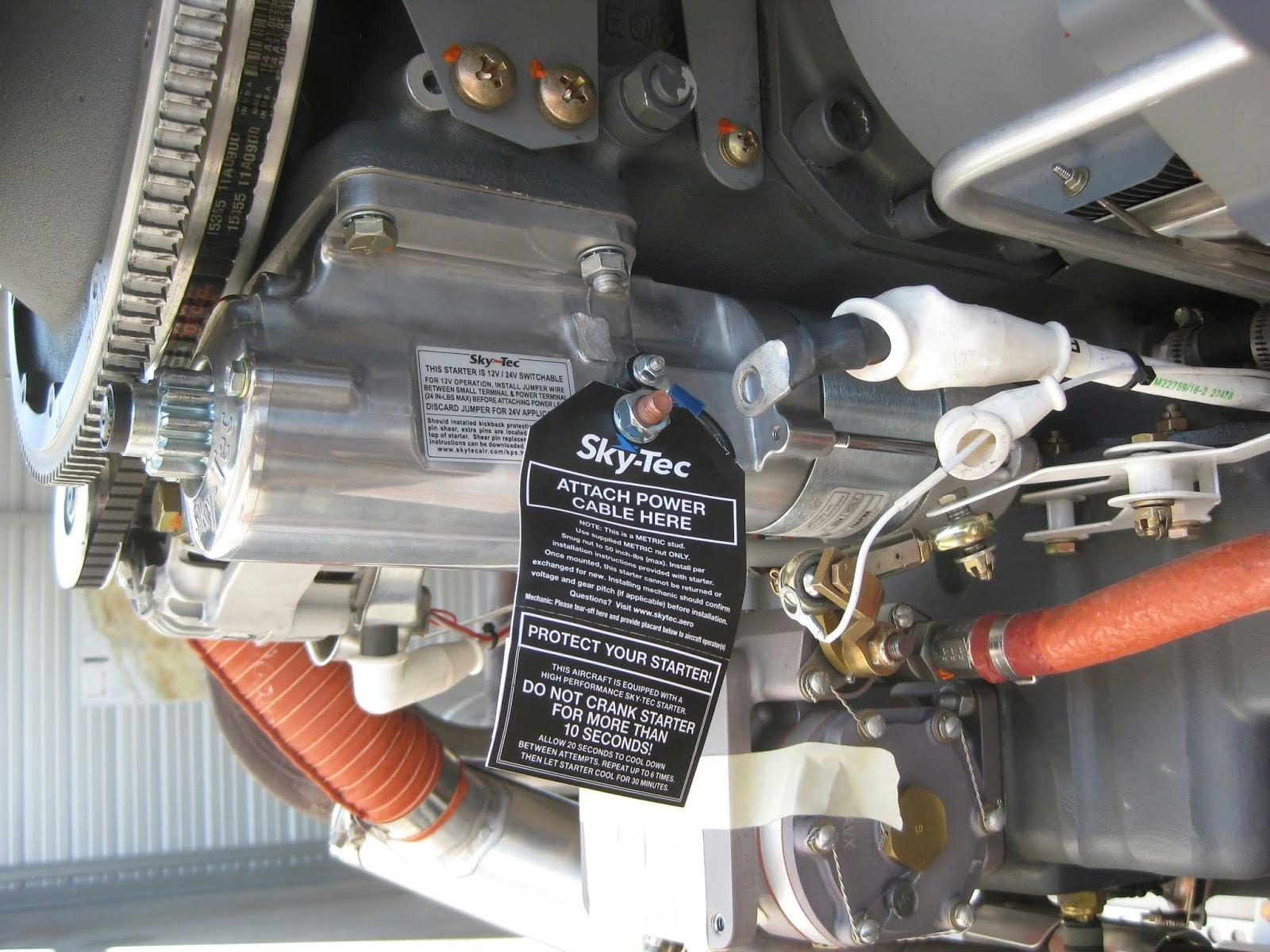
Hartzell Launches Sky-Tec Starter Line
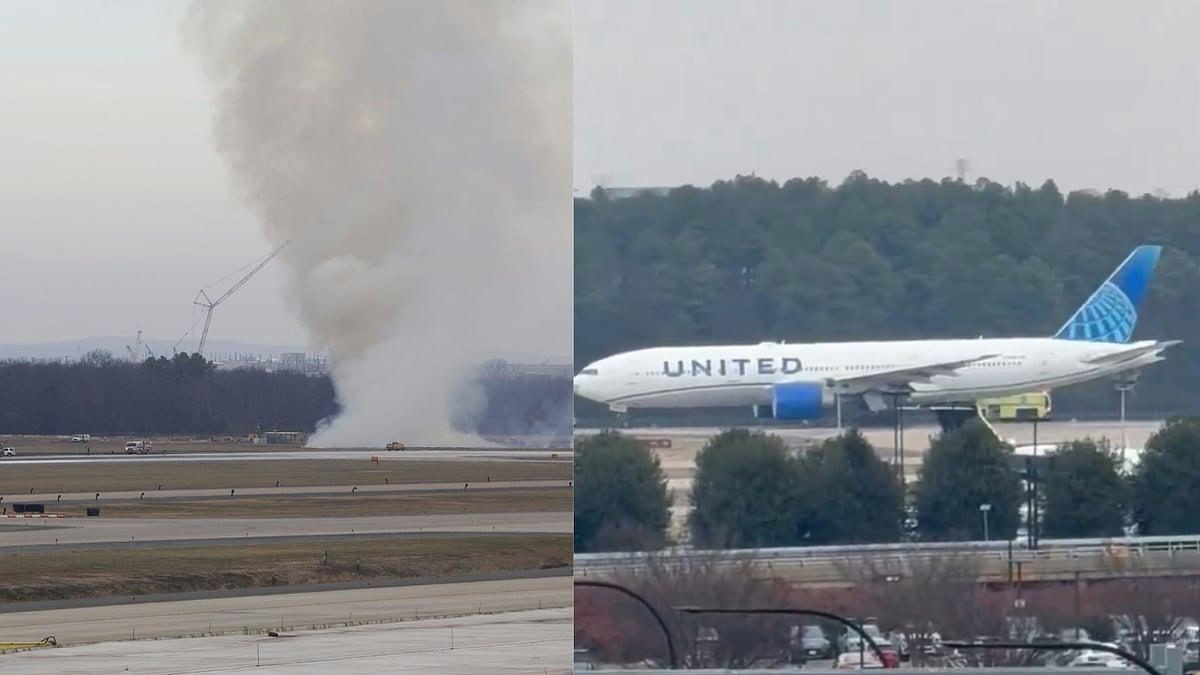
Boeing 777 Engine Failure Reported at Dulles Airport
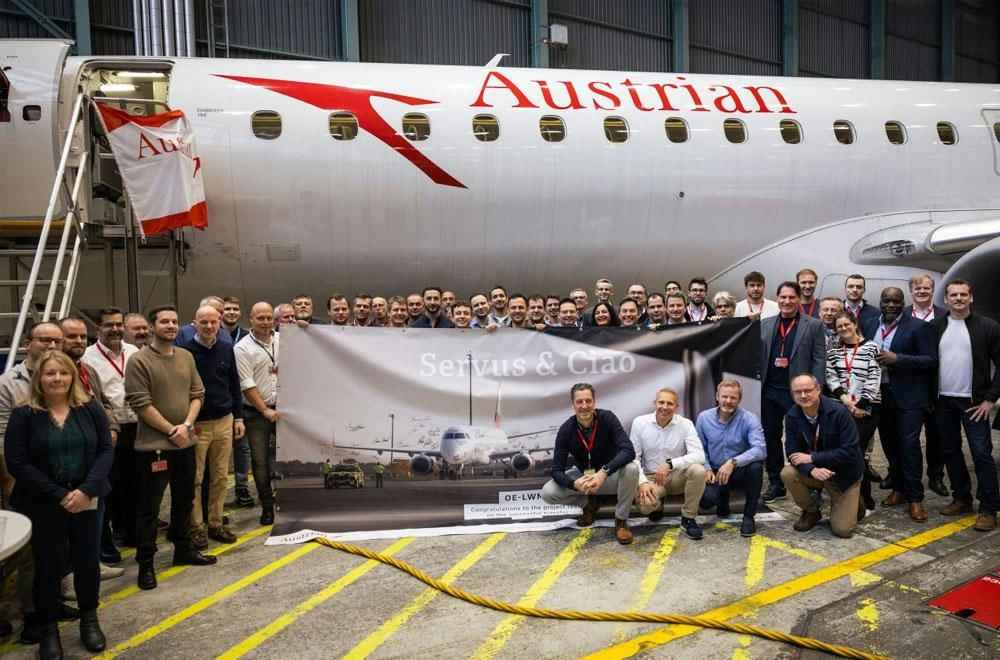
Austrian Airlines Transfers Embraer Fleet to Air Dolomiti
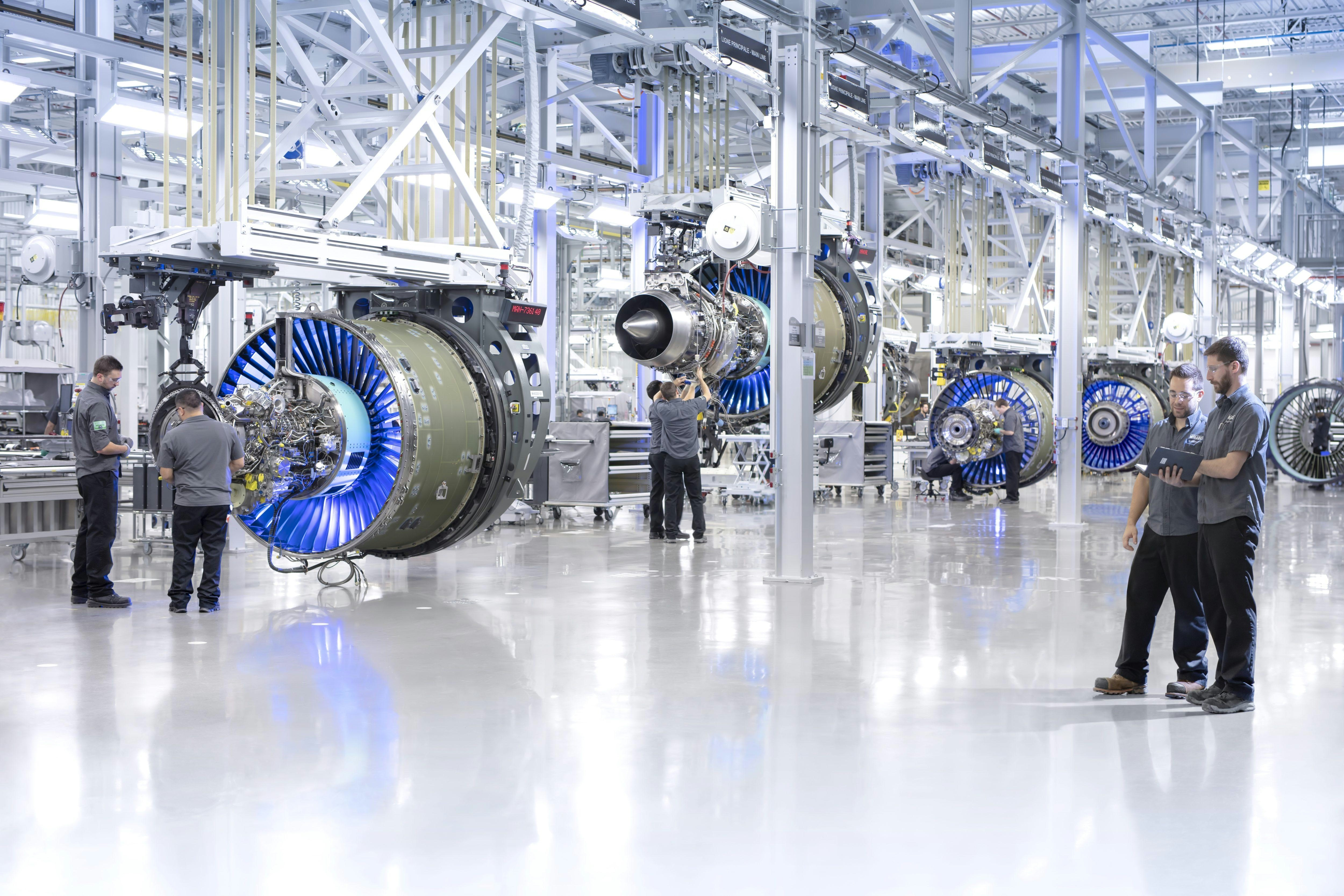
Airbus and Ingenium Open Aerospace Innovation Lab in Ottawa
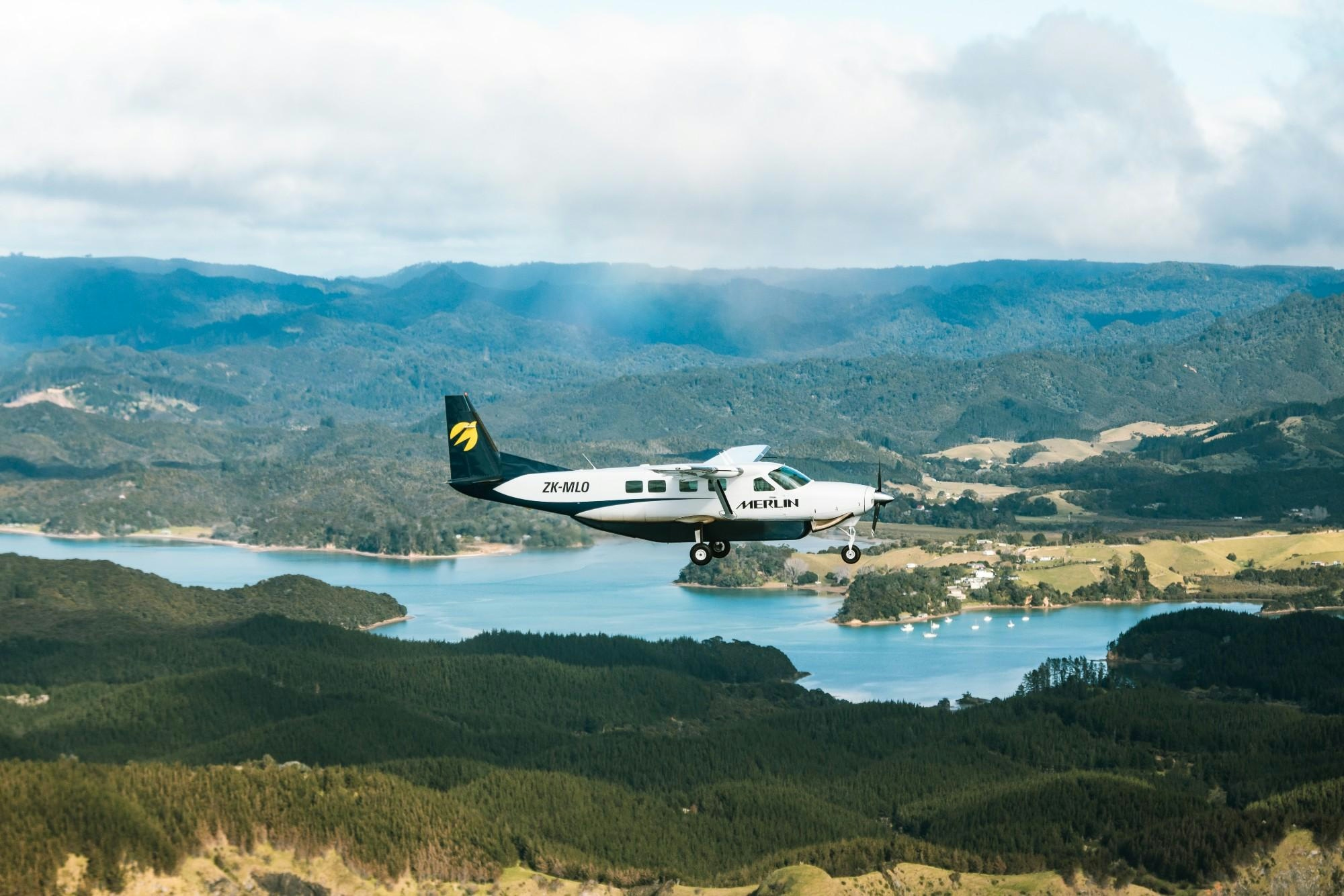
Merlin Labs: AI Aviation Company with SPAC Downside Protection
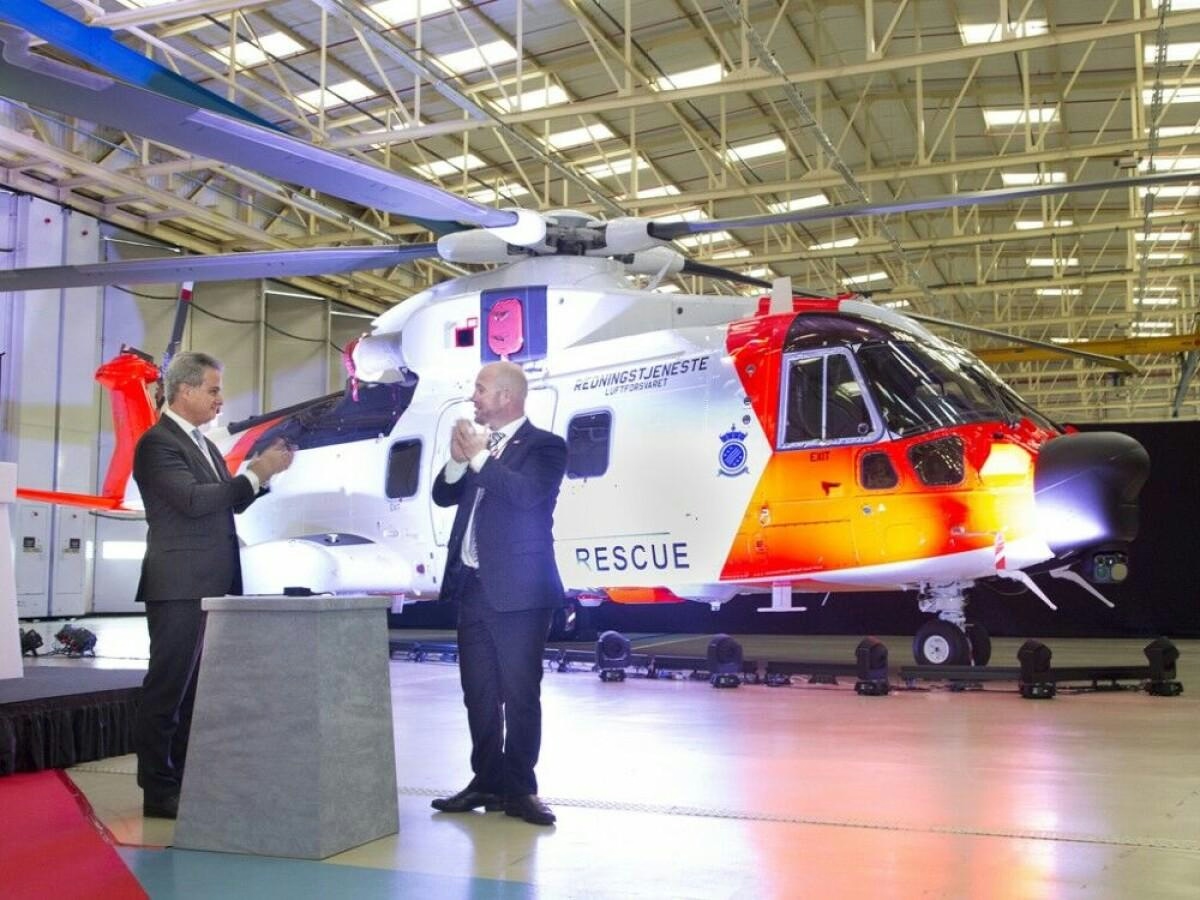
Heli-One Extends AW101 Search and Rescue Support in Norway

Falko Completes First Aircraft Sale in Japan
